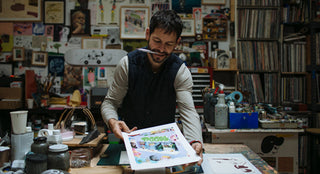Jason Jägel left me alone in his studio for just over five minutes. In that short period, I got acquainted with the compulsiveness and fascination that Jason had through his work. Some of his pieces stared back at me – and all of them spoke. Jason soon returned in a change of clothes while I was midway through staring at a piece mounted above. Before I could even settle in, Jason asked me about what my story was. As I rambled, he rustled around while choosing a record to play to create an ambiance. He continued to share some of his records and the story behind the artists on the covers. In this process of show and tell, he found a photo of him on his father’s shoulders, sharing that his father, John Jägel, was a painter that studied under Josef Albers at Yale.
Jason came from a line of artists; Frederick Jägel, Jason’s grandfather, was a tenor at the Metropolitan Opera, and his stepmother was a poet. I followed Jason across the room to where he shared unreleased work, and briefly explained the manifold layers beneath. There is language in every part of his pieces, and as Jason spoke, he continued to add on to some pieces with gouache, an opaque watercolor paint.
After the exchange of stories, without being too inquisitive of each other, Jason stood directly underneath the natural light from the roof of his studio, took out a small notebook, and began doodling. This subconscious reflex stems back to Jason’s youth, when he would fill in the margins of his notebooks with drawings and language. For Jason, it wasn’t about the ascendancy of a well-thought-out craft. It was as simple as enjoying the art in its purest form: the willingness to create a story.
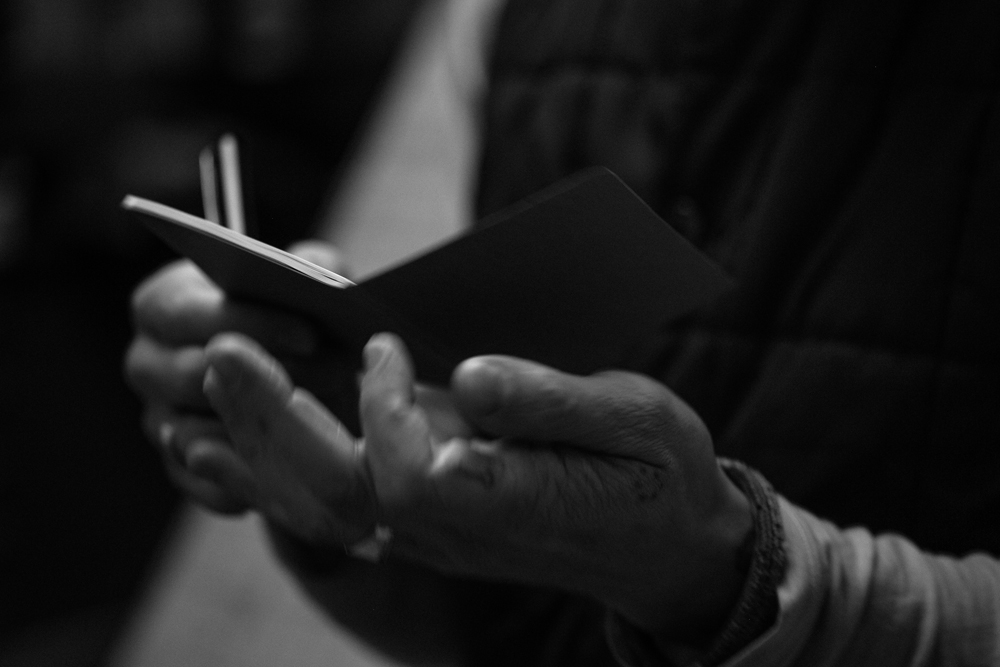
In the studio: The placement of his art, aging of his tools, and the closely shelved records makes it clear that Jason spends a lot of time here. I pointed out pieces that I connected with, some of which were for artists that I looked up to, like Madlib and MF DOOM. I asked him if he was tired of being asked about DOOM, and his answer was a mix of indifference and certainty. I did this one for the kids:
NATE GARCIA: Let’s get this out of the way. What’s the story with you and Doom? Madlib?
JASON JÄGEL: They kind of go hand in hand. The simple version – I found out about Doom and Quasimodo and Lootpack, which were the first Madlib pieces I heard around the same time, around 2000. I sent in show invites to Madlib and L Quas at Stonethrow in LA, that began my interest in trying to reach out to those guys. Through reaching out and chatting up with Jeff Jank and Stonethrow, one of the things I eventually said was how I was really interested in working with those guys because of how important people like Dudley Perkins and Madlib were to me creatively, and how the art world by contrast can seem far more buttoned up and cold, oftentimes. Way less passionate in a sense.
Eventually in 2004, Doom called up Jeff Jank and said that he wanted his help for the MM..FOOD record, and that he had some art going already. Jeff sent that art over to me and we both agreed that’s not what we would have envisioned with art for a Doom record, and what we hoped to do was to knock something out that would make them want to leave that stuff aside and move ahead with new – so I painted that Food cover and they were into it, so Doom and Jasmine, his wife, asked me to paint a back cover and did that “Hoe Cakes” single cover.
I’ve never hung out with that dude [Doom], or chatted with him. Talked to him on the phone, but that’s about it. Otis ‘Madlib’ is somebody I’m stoked to hang out with once in a while. I always love seeing him play.
“I make or start to paint a shape and push it in a direction where it starts to mean something to me.”
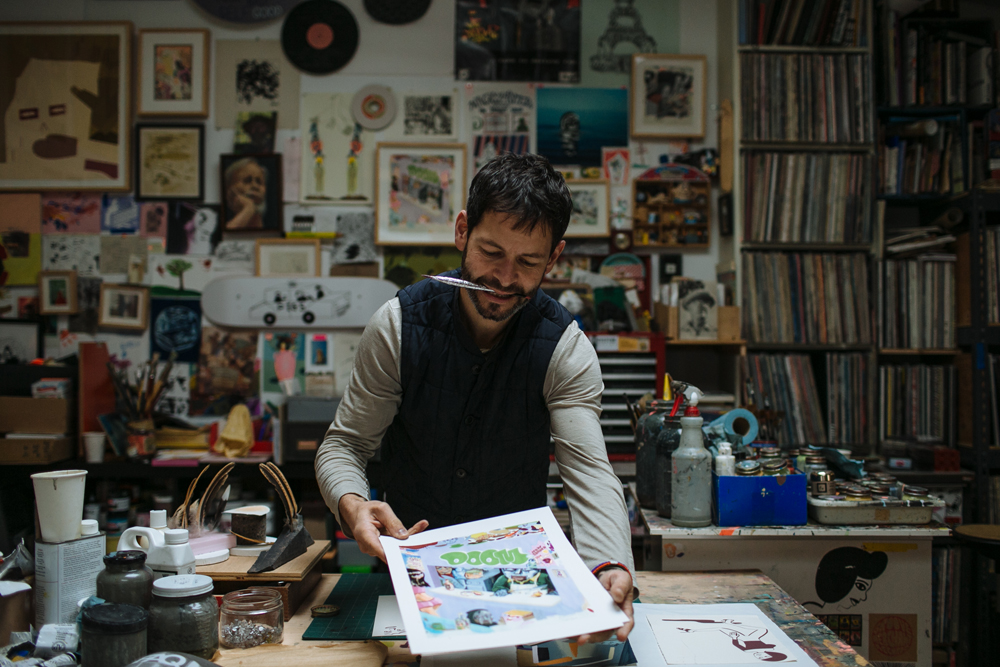
Stonesthrow is comprised of weirdos, but my kind of weird. The kind of weird that allows people to live and do exactly what they want. Those are the kind of people that Stonesthrow attracts – individuals with idiosyncratic tendencies and character. The work of Jason and MF DOOM and Madlib are similar in ideals. The language, the decisions, and the influences all together intertwine. Jason was born around the same time as DOOM, and they grew up with mutual influences. Jason would eventually provide cover artwork for MM..FOOD, Hoe Cakes, and Operation: Doomsday, as well as artwork for Madlib and Dudley Perkins.
I told Jason that I think artists are crazy individuals. He laughed and agreed on a few levels. Jason’s madness has been around the public eye in SF since 1995. 20 years have passed since he began his career, and Jason said that he still has people/friends telling him thatthey’re still learning something new about his rich and storied pieces, even now. It’s more than likely a viewer will miss something when viewing his work. Both challenging and pleasant, and in many cases, a conversation, Jason created his own altered language, which he relates to his method of storytelling and narration.
How important is storytelling to you?
JJ: My mom and my bro are both psychologists, and when I was really young, I ended up as a teenager going to AA meetings. I was introduced to that kind of 12 step kind of world through the whole psychology thing by my family. With all that introspection, my dad was an introspected guy as an artist himself. After he passed away, I came across little journals he would write for himself. The whole psychology bit I mentioned earlier was because of the whole idea that we as human beings are living a kind of story or a thing that we collectively/individually subscribe to as life as some kind of theater.
Everyone wakes up each day and tells themselves stories about who they are or aren’t. Although it’s changing each day, there’s still some kind of perpetual aspect of storytelling. [...] Life itself is this funny little storytelling game. There’s this whole cultural thing of society telling stories about creation and mythology and so on. It seems like it’s at the core of social human existence. It’s just such a beautiful form. One of those things where you can make a drawing or painting where there’s an abstract shape and everyone will read into it in some different way. There’s a question on how we tell a story[…] – all that stuff is fascinating for its mutability; it all seems inherently playful.
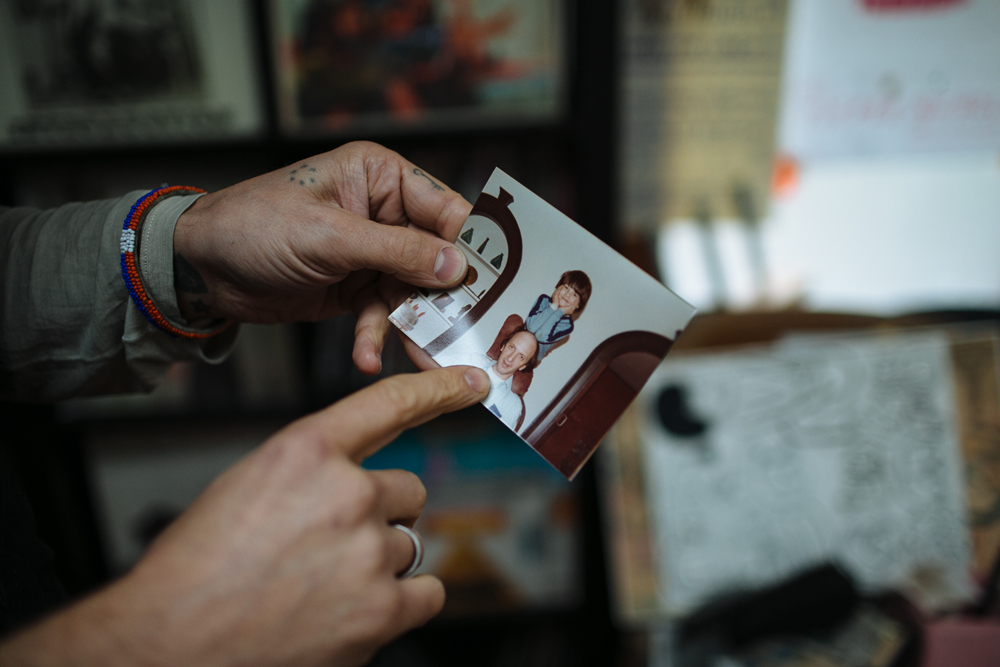
Language within art seems inherently playful as well.
JJ: Language and storytelling are overlapping in their function. They may have separate qualities, but you can tell stories without a spoken or written language; but maybe you need language to tell a story. Language is always breaking the rules. Language is more inclined towards slipperiness, trickery and exceptions to the rules. [...] I’m always inclined to let things slip. By letting things slip, that’s when I let in or pursue the trail of something. I make or start to paint a shape and push it in a direction where it starts to mean something to me. But maybe what it means is all innuendo, or lacks definitiveness or clarity. I’m always interested in those kinds of spaces – in-between one thing and another – in the process of developing.
And how is your process? I know a lot of your pieces aren’t necessarily planned out.
JJ: Yeah, the way I started out artistically was a college student at art school in the early 1990s. I would just fill up the margins of my notebook with doodles all the time. My dad was an artist – I grew up drawing and it’s the only thing I’ve done consistently in my entire life. As a result of that, I do it compulsively. So, I was 19, 20 or 21 and I’d be drawing while I’m on the phone, or on scraps of paper while talking to someone. Drawing continually while in classes so the margins of my class notebooks were just filled with drawing. I just realized the margin doodles were the most exciting thing I did and what I wanted to do was make oil painting versions of those things.
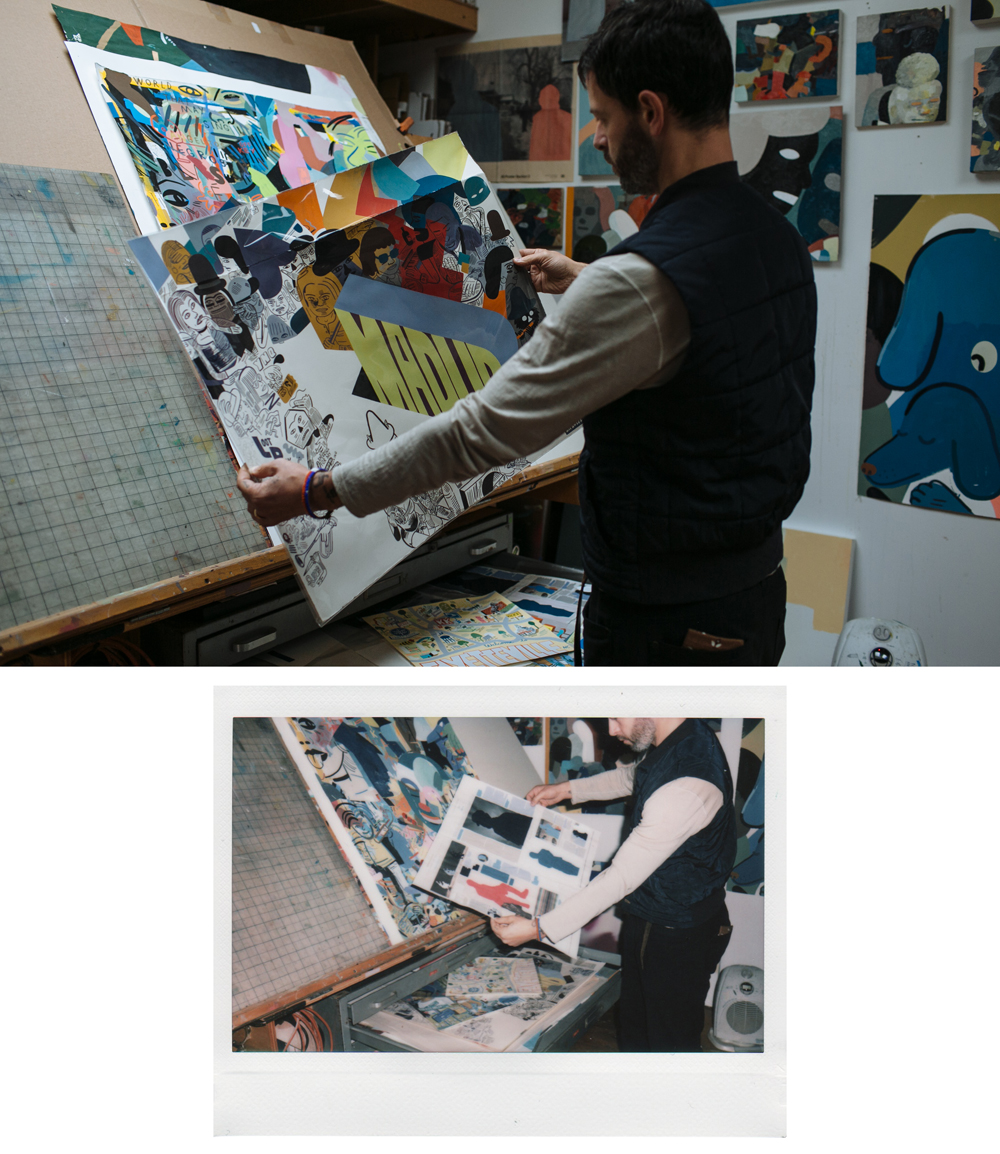
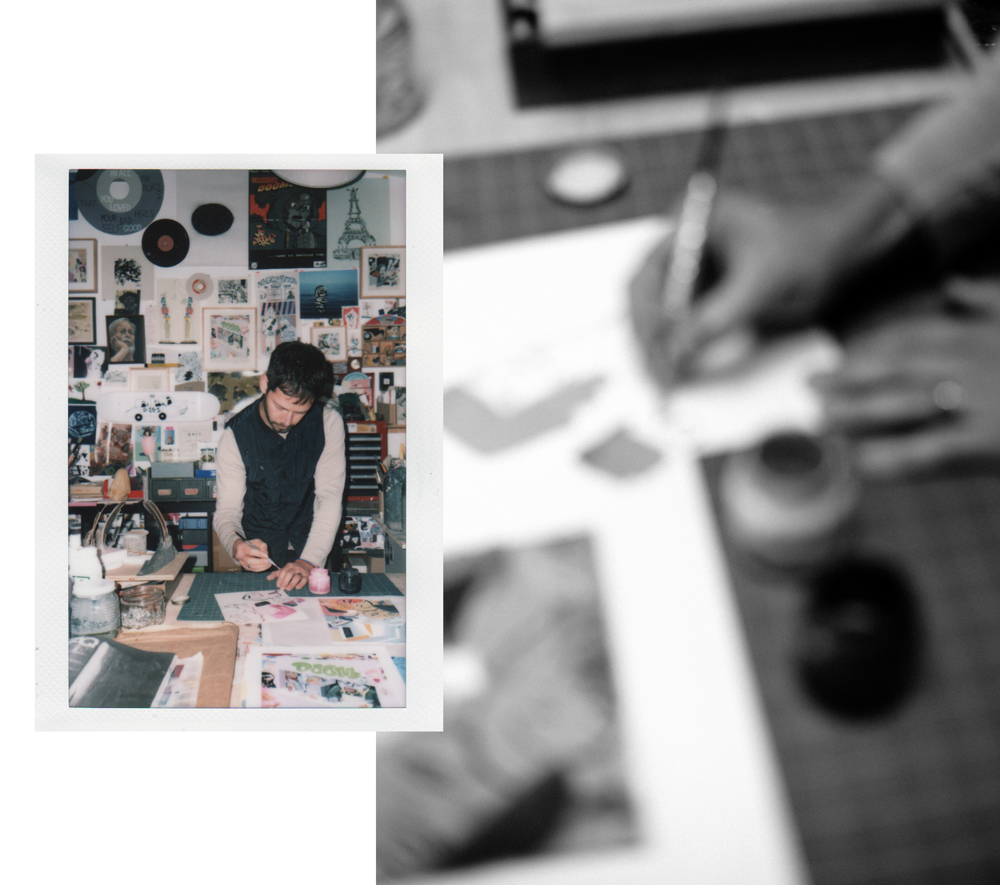
Selling my work was always a touchy subject. I eluded every opportunity, even when the profit became sustainable. It did not make enough sense for me to put my work on the market. I asked Jason why he did it, and I got more than just obvious reasons. He changed my mind.
JJ: Honestly, I’m unsuited for any normal forms of business. I don’t have any other skills. There’s nothing really else that I’m good at. So, I better make a living from art because I don’t really have a whole lot of other choices. I don’t have any other work history or training to fall back on.
“One of the things I appreciate about music and why I identify artistically with music is that music is an artistic form where emotion is highly valued.”
One of the things I appreciate about music and why I identify artistically with music is that music is an artistic form where emotion is highly valued. [...] I want to make something that moves me, because I’m the only emotion in the room. I can’t test out my works in the process of making them – to ask some random person whether it moves them emotionally – then again it’s like a Yelp review. How do I vet that person and their opinions? I am the only one that’s important as a writer and reader to gauge if what I’m making has emotional value.
Musicians like Dudley Perkins I appreciate because he is someone who says, If I’m not putting myself on the line, what’s the point? He’s looking for these kinds of moments where he can put himself emotionally at risk in the process of making something. It really resonates with me personally because I want to make something that is so important to me that it is a part of myself. If I can do that, then I’ve accomplished something.
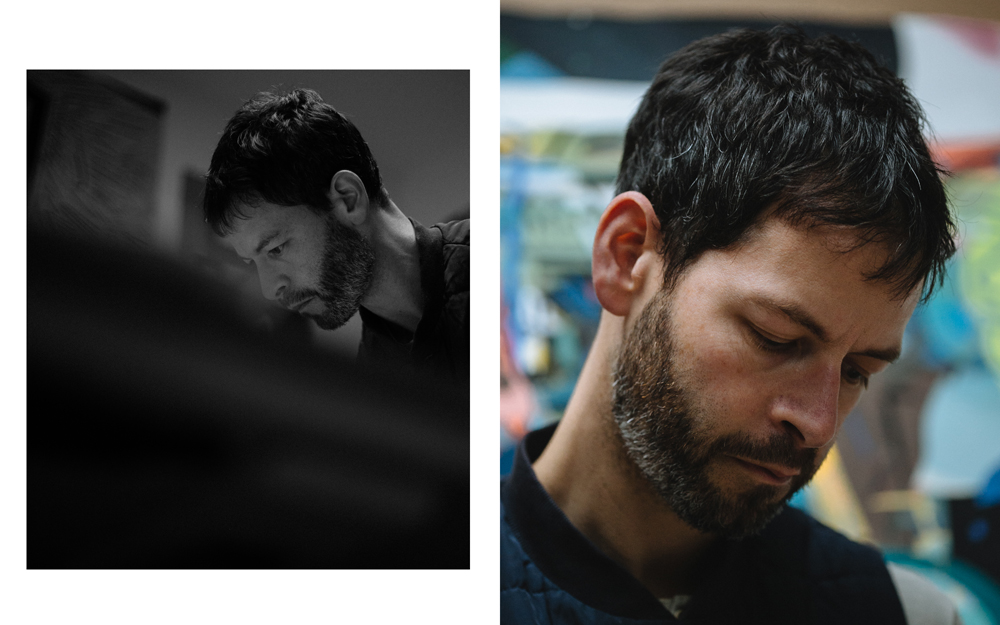
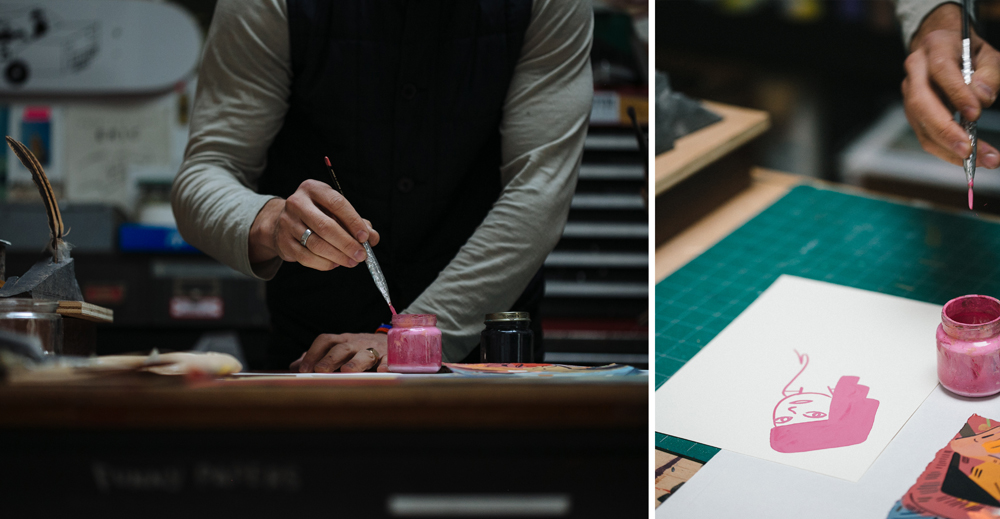
JJ: …I remember way back when I started selling work how weird it was for me to part with these things that were parts of myself. That was also a really long time ago. I definitely got used to selling things. It’s still a weird experience sometimes, to have someone be interested in these things that are shards of myself. I don’t understand why someone is necessarily interested in them. I know why I am, but I don’t know why someone else is. It’s a total honor that anybody actually is.
The business side has a pragmatic angle, but I’m in favor of a creative enterprise that’s about as unpractical as it can get. To me, people like DOOM and Madlib are standard bearers of unpractical artistry. DOOM is this musician who doesn’t write choruses and writes stream of consciousness so heavily slang-laden that they’re encrypted to the point of unintelligibility. Yet, for me as a human being, as a consumer, that experience growing up, I’ve never been good at catching lyrics. I don’t have a head for memorizing them or hearing them correctly like some people do, so the experience of music when I only hear partial music, when you hear music incorrectly and sing them repeatedly incorrect, there is this interesting kind of value in the personal experience – the art and its life after it’s been created. The way that it gets interpreted or misinterpreted can have as much value but just a different quality of value than what the maker intended or experiences.
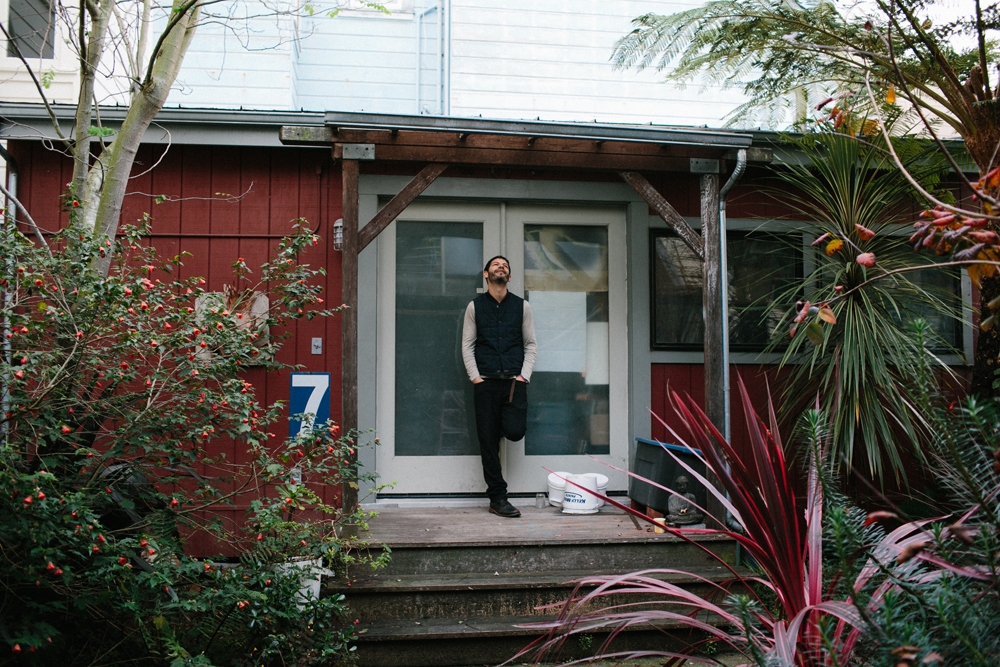
***
Keep up with the artist’s work at jasonjagel.com.

Looking at Me Looking at You, 2012

Midnight Request Line, 2011
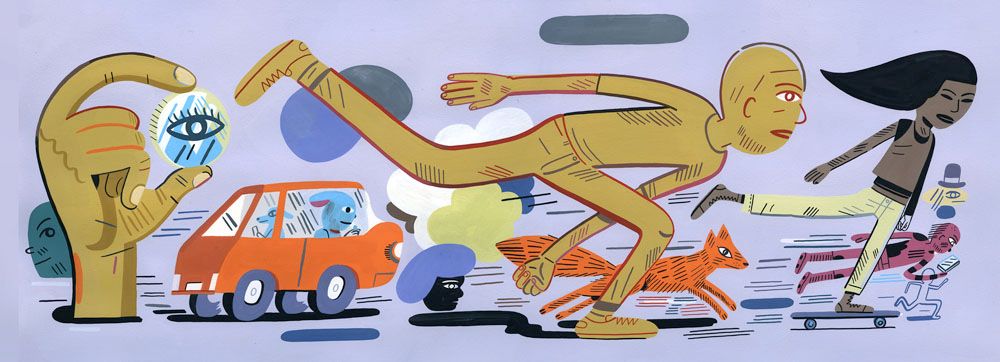
SF Arts Commission piece for The Central Subway Public Art Project. The printed work will be installed at 4th and Folsom for one year on the construction barricade that measures 6 x 140 feet.
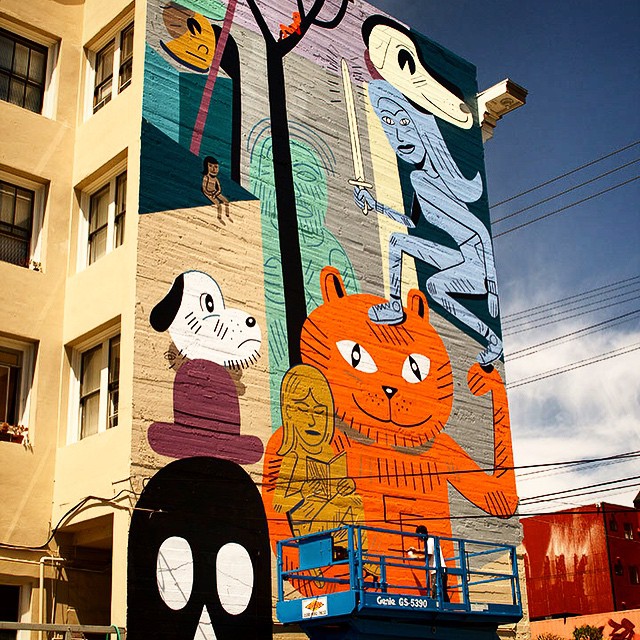
Jason’s recent mural sponsored by Converse’s Blank Canvas project.

